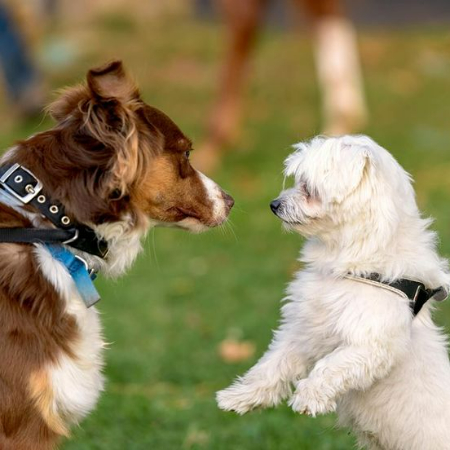Inside the Mind of a Dog: Understanding Canine Psychology
Dogs and humans have shared a deep affinity for thousands of years. Dogs sprang from wolves and were domesticated as early as 14,000 years ago, changing from ferocious predators to devoted allies and servants.
This lengthy history has produced a rich and intricate connection, yet it is still a fascinating mystery what goes through a dog’s head. We can better understand dogs’ brain processes and provide them with better care and training by examining their social interactions, communication styles, and emotional reactions.
The World Through a Dog’s Eyes
We are learning a lot about dogs’ brain processes and improving our capacity to care for and train them by observing their social interactions, communication styles, and emotional reactions.

With highly developed senses that pick up on environmental cues like tiny sounds and weak odors, dogs’ perception of the world is comparable to and distinct from that of humans. They are hundreds of times more perceptive than humans in terms of scent, and they can detect high-frequency noises that we would overlook.
It is important to comprehend these sensory capacities and how they affect behavior in canine psychology. A dog’s excellent sense of smell is essential for social interactions and scent tracking. It also aids in communication, territory marking, person recognition, and emotion detection.
The Social Nature of Dogs
Given their predecessors’ experience living in intricate social systems, dogs have a natural tendency to form packs. These inclinations still exist in contemporary dogs despite domestication. Examining how these social tendencies reveal themselves in daily life is essential to understanding canine psychology.
A variety of behaviors shown by dogs are similar to those of their wild forebears, including playing, bonding with people and other animals, and creating hierarchies within their “pack” or family.
They reflect their evolutionary background and are not impulsive; rather, they are motivated by ingrained psychological needs and impulses. We can better understand and foster the relationship between dogs and their human families if we are aware of these social behaviors.
Emotional Lives of Dogs
Canine emotionalism is one of the most fascinating areas in dog psychology. Studies reveal that dogs may feel a variety of emotions, such as happiness, fear, and jealousy. They develop close emotional ties with people and other animals, communicating their feelings via gestures, vocalizations, and body language.

For instance, a tail that wags can convey delight, yet a head that is bowed might convey fear or obedience. Recognizing these indicators improves our ability to meet our pets’ needs and builds stronger bonds.
Fostering the relationship between canines and their human partners requires understanding and recognizing these emotional cues.
Cognitive Abilities of Dogs
Unbeknownst to many, dogs possess a higher level of intelligence than people assume. They can solve problems, comprehend human gestures and directions, and exhibit self-awareness.
Dogs are capable of understanding simple math ideas, following complicated commands, and associating words with things, according to studies. Comprehending how dogs acquire and retain knowledge is essential for efficient training and mental stimulation, and research on canine cognition helps us accomplish just that.
Given their cognitive capacities and the significance of fostering their mental growth, this understanding guarantees that dogs stay interested and content.
The Future of Canine Psychology
As new insights into the needs, habits, and talents of dogs are discovered, the discipline of canine psychology continues to develop. We can better care for and engage with them as a result of ongoing study that expands our understanding.

By learning more about canine psychology, we can improve our relationships with our dogs and devise training methods that work better. This insight emphasizes the value of researching dogs’ mental and emotional health and improves the lives of both canines and their human households.
By exploring our dogs’ thoughts, we not only satiate our curiosity but also improve both our relationship and their well-being.
Impact on Human-Dog Relationships
The intricacies of dogs’ sensory perceptions, social interactions, emotional states, and cognitive capacities are revealed by the study of canine psychology. We learn a great deal about these topics and develop a greater respect for our animal companions.
This knowledge enables us to create more solid, sympathetic bonds with our pets, resulting in happier, more satisfying lives for them. As the canine psychology study progresses, we will be able to better meet their needs and strengthen our relationship.
In the end, having this information improves our capacity to engage and provide care for our pets, ultimately leading to a more fulfilling life for them.
Doglime for more dog-related information.










